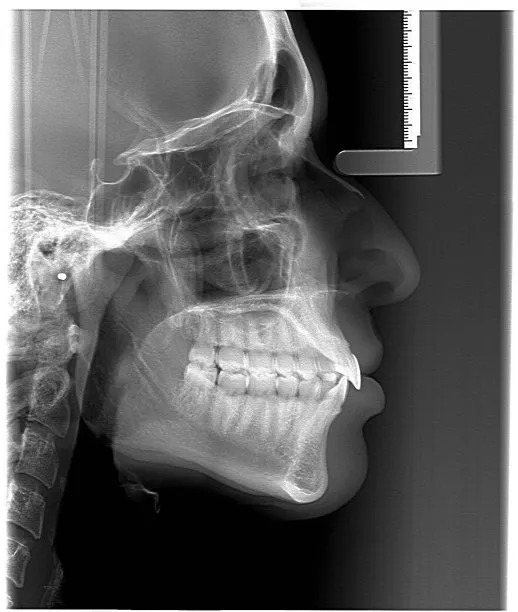The Importance of Proper Care After Extracting a Tooth to Ensure Quick Healing and Prevent Complications
Summary: Proper care following a tooth extraction is critical for ensuring quick healing and preventing complications. This article delves into four key areas that highlight the importance of appropriate post-extraction care: understanding the healing process, the significance of maintaining oral hygiene, dietary considerations, and recognizing signs of complications. Each section provides valuable insights and practical advice that can aid individuals in navigating their recovery smoothly and effectively, ultimately enhancing their healing experience and reducing the risk of further dental issues.
1. Understanding the Healing Process After Extraction

When a tooth is extracted, the bodys natural healing process begins immediately. This involves the formation of a blood clot in the extraction site, which serves as a protective barrier against infection and aids in tissue regeneration. Understanding this process is crucial, as it lays the foundation for a smooth recovery. Without a proper blood clot, one may experience a condition known as dry socket, characterized by severe pain and delayed healing.
Healing can take several weeks, during which the body works to regenerate tissue and bone in the empty socket. It’s essential for patients to recognize that patience is a key ingredient during this phase. Engaging in activities that may disturb the extraction site, such as vigorous rinsing or sucking through a straw, can significantly hinder healing and lead to complications.
Taking time to comprehend the healing timeline allows patients to set realistic expectations for their recovery. Understanding the signs of a healthy healing process can help in differentiating between normal discomfort and potential complications, equipping patients with the knowledge to seek help if necessary.
2. The Importance of Maintaining Oral Hygiene
Post-extraction, maintaining oral hygiene is essential to prevent infection and promote healing. While its critical to avoid disturbing the extraction site for the first 24 hours, gentle cleaning of the mouth can begin shortly afterward. Patients should use a soft-bristled toothbrush and be cautious in their approach around the extraction area.
Moreover, rinsing with a saltwater solution after the first 24 hours can reduce swelling and aid in keeping the area clean. However, its essential to avoid vigorous swishing that can dislodge the clot. Good oral hygiene reduces the bacteria in the mouth, thus minimizing the risk of infections that can complicate recovery.
Communication with a dental professional regarding the best practices for maintaining oral hygiene after extraction is beneficial. They can provide tailored advice based on individual circumstances and ensure that patients are following the right protocols during their recovery phase, thereby preventing the onset of complications.
3. Dietary Considerations for Post-Extraction Care
Diet plays a significant role in recovery after a tooth extraction. Initially, patients are advised to stick to soft foods and liquids to avoid irritating the extraction site. Foods such as yogurt, applesauce, and smoothies are excellent options as they provide necessary nutrients without the risk of damaging the healing area.
Avoiding hard, crunchy, or spicy foods is equally important during the initial healing phase, as these can lead to pain or even dislodge the blood clot. Hydration is vital; while drinking plenty of fluids is encouraged, it is wise to avoid straws since the suction can disrupt the clot and lead to dry socket.
As healing progresses, individuals can begin to reintroduce more solid foods, but should still remain mindful of their choices. Patients should prioritize balanced nutrition, as it plays a crucial role in repairing tissues and fostering faster recovery. Discussing dietary recommendations with a dentist can provide individuals with a personalized approach to eating post-extraction.
4. Recognizing Signs of Complications
After a tooth extraction, being aware of potential complications is essential for a successful recovery. Common signs of issues include excessive bleeding, persistent swelling, and severe pain that intensifies over time. If patients experience these symptoms, it’s crucial to contact a dental professional immediately.
Additionally, an unpleasant taste in the mouth or an unusual odor may indicate an infection. Tracking these symptoms and understanding that timely intervention can significantly improve recovery outcomes will empower patients in their healing journey.
Monitoring the healing site closely enables individuals to distinguish between normal post-operative discomfort and warning signs of complications. By remaining vigilant and proactive, patients can ensure a better healing process and maintain their overall oral health.
Summary:
In conclusion, proper care after tooth extraction is vital for ensuring quick healing and preventing complications. From understanding the healing process to maintaining oral hygiene, focusing on dietary considerations, and recognizing signs of potential issues, patients are equipped to foster a smoother recovery. Implementing these best practices can significantly enhance the overall healing experience.
This article is compiled by Vickong Dental and the content is for reference only.



